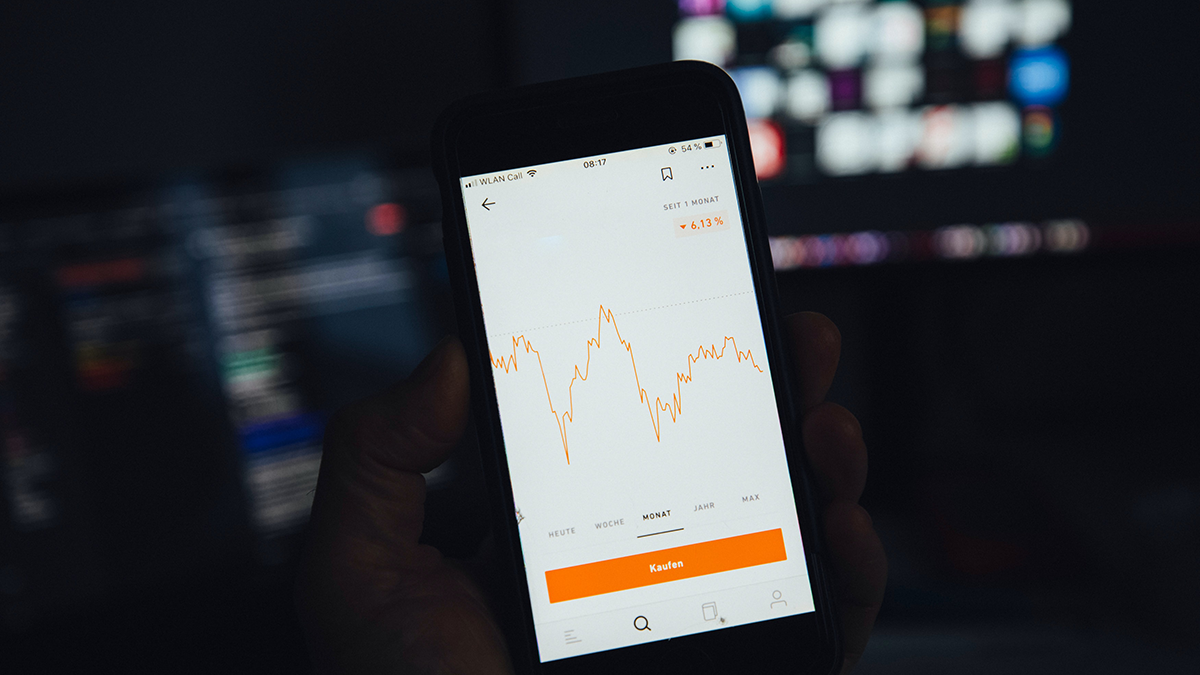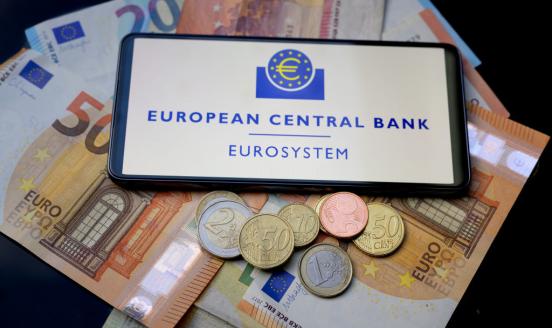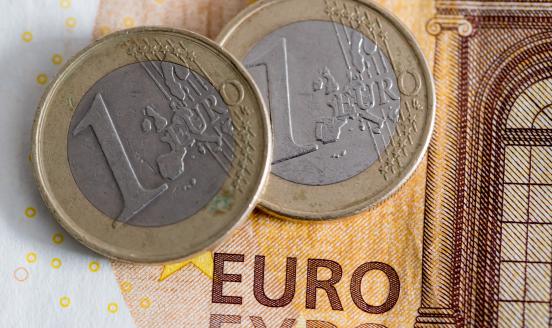Venture capital: a new breath of life for European entrepreneurship?
Whether the dynamism of European venture capital of the past two years can be sustained and kick start a credible alternative to bank finance in the E

Worldwide, private equity investment grew by approximately 50% between 2019 and 2021 (Figure 1). Venture capital, in particular, has grown fastest, by a factor of more than three in value terms. In the United States and the European Union, venture capital grew by a factor of about two from 2020 to 2021 (Figure 2). Equity increased steadier and at a much lower rate.
Both equity investments and VC involve an ownership claim but typically private equity firms take over fairly mature firms and claim majority ownership. VCs typically acquire less than half of a company’s shares and invest in smaller, younger companies with high future potential. This allows them to spread the risk they take across more projects.
The picture in the US and the EU is broadly similar. In both markets, VC activity increased by a factor of approximately three between 2019 and 2021, with much of the increase taking place in 2021.
Despite strong increases, VC activity remains a very small part of the total private equity market. Towards the end of 2021, the total value of deals involving VC represented about 10% of the total private equity market in the EU and about 3% in the US. Nevertheless, the total value of deals involving VC worldwide increased to $45 billion in mid-2021, largely driven by an almost twofold increase in the average value of those deals.
Using VC industry data1, figure 3A shows that there has been a rapid increase in VC investment around the world in 2021. Figure 3B illustrates how staggering this increase has been in certain countries: in the major European economies (Italy, France, Poland, Germany and Spain), VC funding has increased by a factor of 2 to 2.5 relative to 2019 levels. In Cyprus and in Malta, VC funding has increased by a factor of 16 and 30, respectively! Such increases are incredible by any standards.
1Data from Figures 1 and 2 reports total value of deals in which VC funds are involved, which can therefore include investments from other types of funds. Figures 3A and 3B use industry-level data so as to report exclusively VC investments.
Tables 1 and 2 show that VC funding is local. European VCs were involved in financing approximately 80% of companies in the EU, with US VCs as the second source. Similarly, US VCs were involved in more than 90% of domestic VC deals. Domestic VC activity was much higher (almost by a factor of five) in the US (4940 US vs 1079 EU companies) in 2021, consistent with US capital markets being more developed. The number of deals in the US and the EU was however very comparable (460 vs 488).
Digital companies are the main targets of US VC when investing in the EU, regularly accounting for more than half of all investment (Figure 4). It is notable that American investment in European digital firms increased more than in companies from other sectors in 2021.
Over the past three years, the number of cross-border deals involving EU VCs and EU targets has increased about twofold (see Figure 5). This is more or less in line with the general increase in number of VC deals and is encouraging evidence of the development of capital markets in the EU.
What explains this rapid increase?
Helped by very supportive fiscal and monetary policies across the world at the start of the pandemic, and by a surge in growth (particularly in tech companies), stock markets globally had a very good year in 2021. In the US, the S&P 500 and Dow Jones Industrial Average indices both reached all-time highs.
VCs exploited the favourable stock market conditions in 2021 to exit from their investments through public offerings. A report from Ernst & Young describes how the number of new initial public offerings (IPOs) worldwide in 2021 increased 64% in one year, with Europe being one of the regions breaking records.
The large numbers of exits in the past year has led to a large supply of capital. Coupled with low interest rates, investors are still seeking opportunities, funnelling funds into private companies and VC funds. And with exits still increasing, there is enough interest and ability to fund new firms.
It is not just the demand for investment that has increased. The pandemic has caused disruption to working methods. Indeed, the ability to work remotely has allowed start-up teams to be dispersed and therefore be more international. Analysts expect companies that are capable of riding the wave of innovation to increase in scale, valuation and importance. Clearly, more potentially interesting firms are looking for financing.
As the numbers indicate, the European VC scene is becoming larger, more active and more successful. In a recent conference on the future of venture capital in Europe, a number of major investment areas were identified across northern Europe in gaming, clean technology, B2B software, digital health and big data. A combination of VC investors, start-ups, universities and research centres is attracting both investors and talent, creating innovation ecosystems. It is not expected that one major hub will emerge in Europe to rival, say, Silicon Valley, but a more dispersed ecosystem across different parts of Europe should be expected.
But in the EU, another factor has played a decisive role: government support in the form of financing programmes that have eased access to equity funding for start-ups. As Europe lacks the large pools of capital available in the US through university endowments and non-profit foundations, EU government financing has been an important supplement to pension funds, sovereign wealth funds and family office capital (instrument that deals with family wealth). Alongside specific country initiatives, the European Investment Fund (and sub-initiatives like the European Angels Fund) have provided investment funds and technical assistance. More recently, the European Innovation Council launched an ‘Accelerator’ aimed at early-stage emerging technology. Alongside equity funds, this instrument is also meant to provide advisers. Early results indicate that private investors are monitoring where the fund is investing.
But this new dynamism also comes with risks. With venture capitalists competing more intensely to seal deals in record time, entrepreneurs find themselves with increased bargaining power. Reports suggest that as a result, VC funds decide on deals with less information on start-ups and viability of investment. Sceptics argue that this ‘competition to give away money’ (or “capital foie gras”, as some more graphically put it) will mainly advantage men, while others believe that it will result in misallocation of funds towards businesses with no chance of survival. While it is too early to assess the fallout from this exceptional VC environment, such risks further highlight the importance of monitoring the development of capital markets in Europe.
As the numbers in Figure 3 show, capital markets in the EU have had a very active two years but remain small in comparison to the US. It remains to be seen how successful VCs are in sustaining the dynamism observed in 2021, and whether this dynamism will persist and help kick start a credible alternative to bank finance in the EU.
Recommended citation:
Demertzis, M. and L. Guetta-Jeanrenaud (2022) ‘Europe’s venture capital boom: a new breath of life for entrepreneurship?’ Bruegel Blog, 10 February



